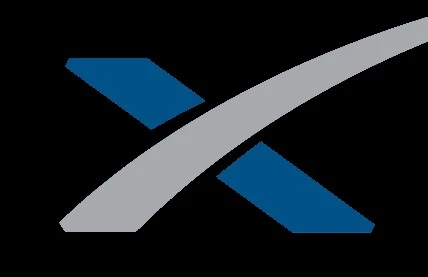The timing of the Flight 8 failure was similar to Flight 7 in January, which also featured several engine shutdowns and a loss of communications about eight and a half minutes after liftoff. However, SpaceX says the two failures had different causes.
“While the failure manifested at a similar point in the flight timeline as Starship’s seventh flight test, it is worth noting that the failures are distinctly different,” the company stated.
In the case of Flight 8, SpaceX said one of the center Raptor engines in Starship suffered a hardware failure, details of which the company did not disclose. That failure enabled “inadvertent propellant mixing and ignition” that caused the loss of the Raptor. Immediately thereafter, the other two center Raptor engines shut down, along with one of the three outer vacuum-optimized engines with larger nozzles. The vehicle then lost control authority.
The company said it made changes to the Raptors in the Starship upper stage, with “additional preload” on key joints and a new nitrogen purge system as well as improvements to the propellant drain system. A future version of Raptor in development will also have reliability improvements to address the problem seen on Flight 8.
On Flight 7 in January, SpaceX, said the vehicle suffered a harmonic response several times stronger than expected, creating additional stress on the vehicle’s propulsion system. That caused leaks that triggered a fire in the engine bay.
“The mitigations put in place after Starship’s seventh flight test to address harmonic response and flammability of the ship’s attic section worked as designed prior to the failure on Flight 8,” SpaceX said.



It is a big success. NASA’s approach in the 60s was simply different than SpaceX’s approach, specifically because of reactions like yours. If you’re spending public money you better get it right the first time. What people fail to understand is that SpaceX’s iterative approach is much faster and cheaper than getting it right the first time.
The entire Saturn V program costs $52 billion dollars in today’s money, with each launch costing $1.4 billion. The Space Launch System, costs $32 billion in today’s money, development for the SLS began in 2021 and has only flown once. So far one launch every year and a half or so has been planned at a cost of $2 billion per launch.
Development cost for Starship is estimated at about $8 billion so far, with launches expected to cost about $100 million per launch initially (but that’s expected to go down in the future). You can launch 20 starships for each SLS or 14 for each Saturn V and that’s ignoring the up-front cost of developing it.